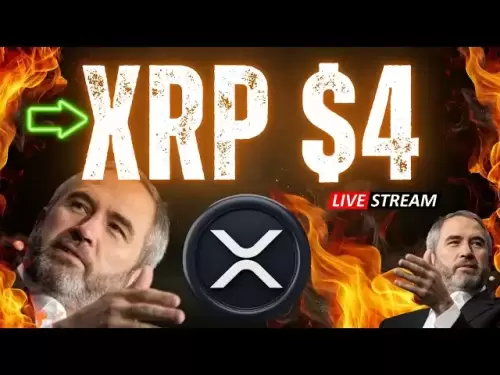-
 Bitcoin
Bitcoin $118300
-1.72% -
 Ethereum
Ethereum $3591
-0.69% -
 XRP
XRP $3.478
-3.53% -
 Tether USDt
Tether USDt $1.001
-0.01% -
 BNB
BNB $737.7
-0.54% -
 Solana
Solana $177.3
-2.40% -
 USDC
USDC $0.9999
-0.01% -
 Dogecoin
Dogecoin $0.2538
7.04% -
 TRON
TRON $0.3256
-0.85% -
 Cardano
Cardano $0.8332
-3.48% -
 Hyperliquid
Hyperliquid $44.80
-3.30% -
 Stellar
Stellar $0.4672
-6.09% -
 Sui
Sui $3.828
-5.98% -
 Chainlink
Chainlink $18.15
-3.41% -
 Hedera
Hedera $0.2655
-7.16% -
 Bitcoin Cash
Bitcoin Cash $517.5
-0.64% -
 Avalanche
Avalanche $23.89
-2.37% -
 Shiba Inu
Shiba Inu $0.00001519
-0.45% -
 UNUS SED LEO
UNUS SED LEO $8.973
0.13% -
 Toncoin
Toncoin $3.211
-2.54% -
 Litecoin
Litecoin $103.5
-3.58% -
 Polkadot
Polkadot $4.313
-3.90% -
 Uniswap
Uniswap $10.31
0.67% -
 Monero
Monero $325.4
-2.88% -
 Bitget Token
Bitget Token $5.049
3.51% -
 Ethena USDe
Ethena USDe $1.002
0.04% -
 Pepe
Pepe $0.00001346
-2.96% -
 Dai
Dai $0.9999
-0.02% -
 Aave
Aave $322.1
-2.93% -
 Bittensor
Bittensor $411.9
-4.70%
How to exchange AVAX with Bitcoin?
To exchange AVAX for Bitcoin, choose a reputable platform like Binance or KuCoin, set up and verify your account, deposit AVAX, trade for BTC, and withdraw to a secure wallet.
Apr 21, 2025 at 09:01 am

Exchanging AVAX with Bitcoin involves a few key steps and considerations. Whether you're a seasoned crypto trader or a newcomer, understanding the process can help you make informed decisions and execute your trades efficiently. In this guide, we will walk you through the detailed steps on how to exchange AVAX with Bitcoin, using popular platforms and ensuring you understand the nuances involved.
Choosing the Right Exchange Platform
Before you begin the process of exchanging AVAX with Bitcoin, it's crucial to select a reputable exchange platform that supports both cryptocurrencies. Some popular exchanges that you might consider include Binance, KuCoin, and Crypto.com. Each of these platforms has its own set of fees, security measures, and user interfaces, so it's important to choose one that aligns with your needs.
- Binance is known for its extensive range of trading pairs and low fees, making it a popular choice among traders.
- KuCoin offers a user-friendly interface and supports a wide variety of cryptocurrencies, including AVAX and Bitcoin.
- Crypto.com provides a seamless trading experience and is known for its robust security features.
Once you have chosen an exchange, the next step is to create an account if you don't already have one.
Creating an Account and Verifying Your Identity
To exchange AVAX with Bitcoin, you'll need to create an account on your chosen exchange platform. Here’s how you can do it:
- Visit the official website of the exchange and click on the "Sign Up" or "Register" button.
- Fill out the registration form with your email address, create a strong password, and agree to the terms of service.
- After submitting the form, you will receive a confirmation email. Click on the link in the email to verify your account.
- Once your account is verified, you will need to complete the Know Your Customer (KYC) process. This usually involves uploading a government-issued ID and a selfie to confirm your identity.
- After your identity is verified, you can proceed to deposit funds into your account.
Depositing AVAX into Your Exchange Wallet
With your account set up and verified, you can now deposit AVAX into your exchange wallet. Here’s how to do it:
- Log into your exchange account and navigate to the "Wallet" or "Deposit" section.
- Search for AVAX and click on the "Deposit" button next to it.
- You will be provided with a unique AVAX deposit address. Copy this address.
- Open your AVAX wallet (such as MetaMask if you're using the Avalanche network) and initiate a withdrawal to the exchange's deposit address.
- Wait for the transaction to be confirmed on the blockchain. This can take anywhere from a few minutes to an hour, depending on network congestion.
Executing the AVAX to Bitcoin Trade
Once your AVAX is successfully deposited into your exchange wallet, you can proceed to exchange it for Bitcoin. Follow these steps:
- Navigate to the trading section of the exchange. This is often labeled as "Trade," "Exchange," or "Market."
- Search for the AVAX/BTC trading pair. If it's not available directly, you may need to use an intermediary currency like USDT or BUSD.
- Choose the type of order you want to place. You can opt for a market order to execute the trade at the current market price or a limit order to set a specific price at which you want the trade to occur.
- Enter the amount of AVAX you wish to exchange and review the details of your order.
- Confirm the order and wait for it to be executed. The time it takes for the order to complete depends on the type of order and market conditions.
Withdrawing Your Bitcoin
After successfully exchanging AVAX for Bitcoin, you'll need to withdraw your Bitcoin to a secure wallet. Here's how you can do it:
- Navigate to the "Wallet" or "Withdraw" section of the exchange.
- Search for Bitcoin and click on the "Withdraw" button next to it.
- Enter the amount of Bitcoin you wish to withdraw and provide the address of the Bitcoin wallet where you want to send the funds.
- Double-check the withdrawal address to ensure it's correct, as transactions on the blockchain are irreversible.
- Confirm the withdrawal and wait for the transaction to be processed. This can take anywhere from a few minutes to several hours, depending on network congestion and the exchange's processing times.
Understanding Fees and Transaction Times
When exchanging AVAX with Bitcoin, it's important to be aware of the fees and transaction times associated with the process. Trading fees can vary between exchanges and depend on the type of order you place. For instance, Binance charges a maker fee of 0.1% and a taker fee of 0.1% for most trading pairs, while KuCoin charges a maker fee of 0.1% and a taker fee of 0.1%.
Additionally, withdrawal fees are charged when you move your cryptocurrencies out of the exchange. These fees can vary significantly between exchanges and can impact your overall transaction costs. For example, the withdrawal fee for Bitcoin on Binance is around 0.0005 BTC, while on KuCoin it might be around 0.0004 BTC.
Transaction times are another critical factor to consider. Depositing AVAX into an exchange wallet can take anywhere from a few minutes to an hour, depending on network congestion. Similarly, withdrawing Bitcoin can take several minutes to several hours. Understanding these timings can help you plan your trades more effectively.
Security Considerations
Security is paramount when dealing with cryptocurrencies. Here are some tips to ensure your funds remain safe during the exchange process:
- Use two-factor authentication (2FA) on your exchange account to add an extra layer of security.
- Enable withdrawal whitelist features, if available, to restrict withdrawals to only pre-approved addresses.
- Keep your private keys and recovery phrases secure and never share them with anyone.
- Use a hardware wallet for storing your Bitcoin after withdrawal, as they offer the highest level of security.
By following these steps and understanding the associated fees, transaction times, and security considerations, you can confidently exchange AVAX with Bitcoin.
Frequently Asked Questions
Q: Can I exchange AVAX for Bitcoin on decentralized exchanges (DEXs)?
A: Yes, you can exchange AVAX for Bitcoin on decentralized exchanges like Trader Joe or Pangolin if they support the AVAX/BTC trading pair. The process involves connecting your wallet to the DEX, swapping the tokens, and then withdrawing the Bitcoin to your wallet. Keep in mind that DEXs might have different fee structures and liquidity levels compared to centralized exchanges.
Q: What should I do if the AVAX/BTC trading pair is not available on my chosen exchange?
A: If the direct AVAX/BTC trading pair is not available, you can use an intermediary currency like USDT or BUSD to complete the trade. For example, you can first exchange AVAX for USDT and then use the USDT to buy Bitcoin. This might involve slightly higher fees and more steps but can be an effective workaround.
Q: How can I minimize trading fees when exchanging AVAX with Bitcoin?
A: To minimize trading fees, consider the following strategies:
- Use exchanges with lower fee structures, such as Binance or KuCoin.
- Take advantage of fee discounts offered by some exchanges for using their native tokens or holding a certain amount of their tokens.
- Opt for maker orders instead of taker orders, as maker fees are often lower.
- Consider using DEXs that might offer more competitive fee structures, although liquidity might be a concern.
Q: What are the risks associated with exchanging AVAX for Bitcoin?
A: Exchanging AVAX for Bitcoin involves several risks, including:
- Market volatility: The prices of both AVAX and Bitcoin can fluctuate rapidly, affecting the value of your trade.
- Exchange security: Centralized exchanges can be vulnerable to hacks and security breaches, potentially leading to loss of funds.
- Liquidity risks: If the trading pair has low liquidity, it might be difficult to execute large trades without significantly impacting the market price.
- Regulatory risks: Changes in cryptocurrency regulations can impact your ability to trade or withdraw funds. Always stay informed about the regulatory environment in your jurisdiction.
Disclaimer:info@kdj.com
The information provided is not trading advice. kdj.com does not assume any responsibility for any investments made based on the information provided in this article. Cryptocurrencies are highly volatile and it is highly recommended that you invest with caution after thorough research!
If you believe that the content used on this website infringes your copyright, please contact us immediately (info@kdj.com) and we will delete it promptly.
- Altcoin Season Incoming? Coins Ready to Explode!
- 2025-07-19 18:30:12
- Dogecoin Price Prediction: Cup and Handle Pattern Points to Potential Breakout!
- 2025-07-19 18:50:11
- Hit the Jackpot? Brexit 50p Coin Could Be Worth £40,000!
- 2025-07-19 18:30:12
- Galactic Meme Coin Mania: Troller Cat Leads the Crypto Pack in 2025
- 2025-07-19 18:50:11
- Pi Coin, Bitcoin, and 2025: What the Future Holds, Ya Know?
- 2025-07-19 18:55:12
- TRX vs. RTX: Will Remittix Overtake Tron as the Altcoin to Watch in 2025?
- 2025-07-19 17:30:12
Related knowledge
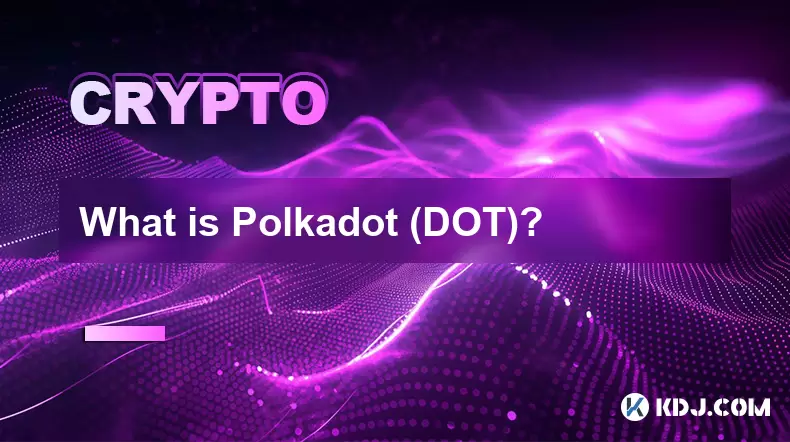
What is Polkadot (DOT)?
Jul 19,2025 at 06:35pm
Understanding the Basics of Polkadot (DOT)Polkadot (DOT) is a multi-chain network protocol designed to enable different blockchains to transfer messag...

How to add indicators to Ethereum chart on TradingView?
Jul 19,2025 at 07:15am
What Is an Ethereum Chart on TradingView?The Ethereum chart on TradingView is a visual representation of the price movement of Ethereum (ETH) over a s...
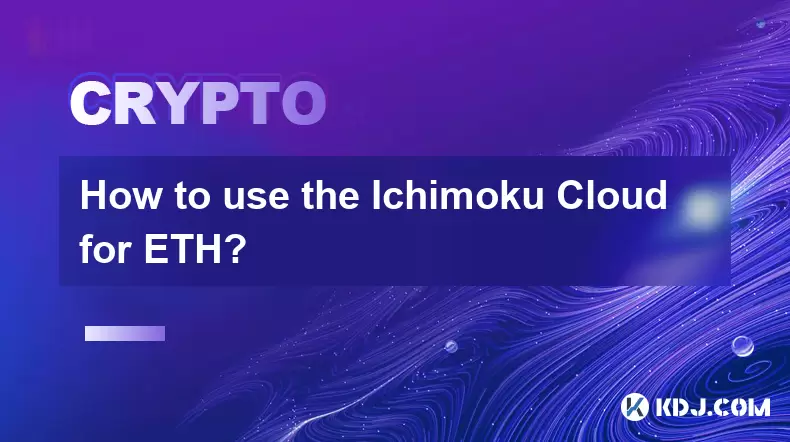
How to use the Ichimoku Cloud for ETH?
Jul 18,2025 at 09:56pm
Understanding the Ichimoku Cloud and Its ComponentsThe Ichimoku Cloud, also known as Ichimoku Kinko Hyo, is a versatile technical analysis tool that p...
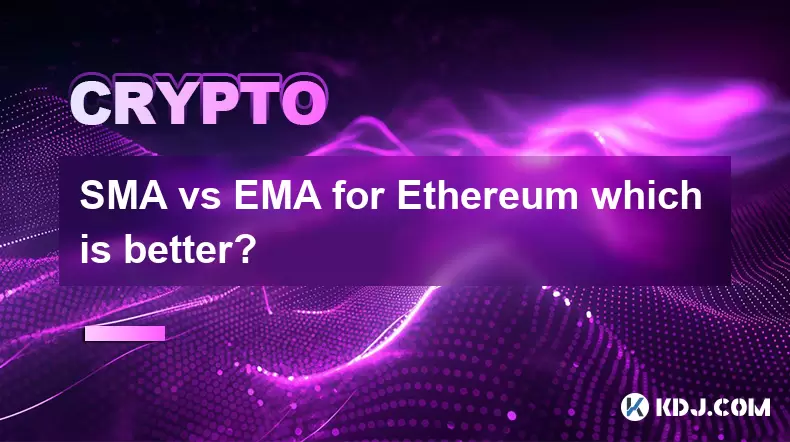
SMA vs EMA for Ethereum which is better?
Jul 19,2025 at 12:36am
Understanding the Basics of SMA and EMAIn the world of cryptocurrency trading, especially when dealing with Ethereum, technical indicators play a cruc...
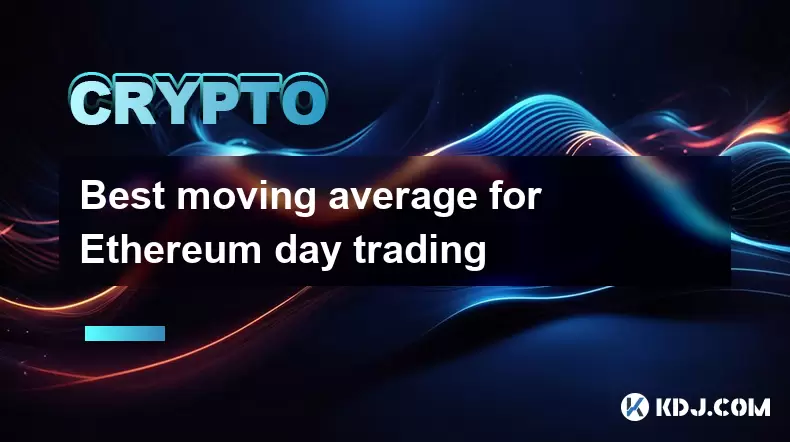
Best moving average for Ethereum day trading
Jul 19,2025 at 01:42am
Understanding the Role of Moving Averages in Ethereum Day TradingIn the realm of Ethereum day trading, moving averages are indispensable tools for ide...

What is RSI indicator for Ethereum?
Jul 19,2025 at 03:07pm
Understanding the RSI IndicatorThe Relative Strength Index (RSI) is a momentum oscillator used in technical analysis to measure the speed and change o...

What is Polkadot (DOT)?
Jul 19,2025 at 06:35pm
Understanding the Basics of Polkadot (DOT)Polkadot (DOT) is a multi-chain network protocol designed to enable different blockchains to transfer messag...

How to add indicators to Ethereum chart on TradingView?
Jul 19,2025 at 07:15am
What Is an Ethereum Chart on TradingView?The Ethereum chart on TradingView is a visual representation of the price movement of Ethereum (ETH) over a s...

How to use the Ichimoku Cloud for ETH?
Jul 18,2025 at 09:56pm
Understanding the Ichimoku Cloud and Its ComponentsThe Ichimoku Cloud, also known as Ichimoku Kinko Hyo, is a versatile technical analysis tool that p...

SMA vs EMA for Ethereum which is better?
Jul 19,2025 at 12:36am
Understanding the Basics of SMA and EMAIn the world of cryptocurrency trading, especially when dealing with Ethereum, technical indicators play a cruc...

Best moving average for Ethereum day trading
Jul 19,2025 at 01:42am
Understanding the Role of Moving Averages in Ethereum Day TradingIn the realm of Ethereum day trading, moving averages are indispensable tools for ide...

What is RSI indicator for Ethereum?
Jul 19,2025 at 03:07pm
Understanding the RSI IndicatorThe Relative Strength Index (RSI) is a momentum oscillator used in technical analysis to measure the speed and change o...
See all articles

























